![分子模擬入門(第2版) [Understanding Molecular Simulation]](https://pic.tinynews.org/10516009/405eae7a-5bc8-4e61-82f6-9693ffbffb96.jpg)

具體描述
內容簡介
Why did we write a second edition? A minor revision of the first editionwould have been adequate to correct the (admittedly many) typographicalmistakes. However, many of the nice comments that we received from stu-dents and colleagues alike, ended with a remark of the type: "unfortunately,you dont discuss topic x".內頁插圖
目錄
Preface to the Second EditionPreface
List of Symbols
1 Introduction
Part 1 Basics
2 Statistical Mechanics
2.1 Entropy and Temperature
2.2 Classical Statistical Mechanics
2.2.1 Ergodicity
2.3 Questions and Exercises
3 Monte Carlo Simulations
3.1 The Monte Carlo Method
3.1.1 Importance Sampling
3.1.2 The Metropolis Method
3.2 A Basic Monte Carlo Algorithm
3.2.1 The Algorithm
3.2.2 Technical Details
3.2.3 Detailed Balance versus Balance
3.3 Trial Moves
3.3.1 Translational Moves
3.3.2 Orientational Moves
3.4 Applications
3.5 Questions and Exercises
4 Molecular Dynamics Simulations
4.1 Molecular Dynamics: The Idea
4.2 Molecular Dynamics: A Program
4.2.1 Initialization
4.2.2 The Force Calculation
4.2.3 Integrating the Equations of Motion
4.3 Equations of Motion
4.3.1 Other Algorithms
4.3.2 Higher-Order Schemes
4.3.3 LiouviUe Formulation of Time-Reversible Algorithms
4.3.4 Lyapunov Instability
4.3.5 One More Way to Look at the Verlet Algorithm
4.4 Computer Experiments
4.4.1 Diffusion
4.4.2 Order-Algorithm to Measure Correlations
4.5 Some Applications
4.6 Questions and Exercises
Part 2 Ensembles
5 Monte Carlo Simulations in Various Ensembles
5.1 General Approach
5.2 Canonical Ensemble
5.2.1 Monte Carlo Simulations
5.2.2 Justification of the Algorithm
5.3 Microcanonical Monte Carlo
5.4 Isobaric-Isothermal Ensemble
5.4.1 Statistical Mechanical Basis
5.4.2 Monte Carlo Simulations
5.4.3 Applications
5.5 Isotension-Isothermal Ensemble
5.6 Grand-Canonical Ensemble
5.6.1 Statistical Mechanical Basis
5.6.2 Monte Carlo Simulations
5.6.3 Justification of the Algorithm
5.6.4 Applications
5.7 Questions and Exercises
6 Molecular Dynamics in Various Ensembles
6.1 Molecular Dynamics at Constant Temperature
6.1.1 The Andersen Thermostat 4
6.1.2 Nos Hoover Thermostat
……
Part 3 Free Energies and Phase Equilibria
Part 4 Advanced Techniques
Part 5 Appendices
精彩書摘
It is difficult to talk about Monte Carlo or Molecular Dynamics programs inabstract terms. The best way to explain how such programs work is to writethem down. This will be done in the present section.Most Monte Carlo or Molecular Dynamics programs are only a few hun- dred to several thousand lines long. This is very short compared to, forinstance, a typical quantum-chemistry code. For this reason, it is not un- common that a simulator will write many different programs that are tailor-made for specific applications. The result is that there is no such thing as a standard Monte Carlo or Molecular Dynamics program. However, the cores of most MD/MC programs are, if not identical, at least very similar. Next,we shall construct such a core. It will be very rudimentary, and efficiency has been traded for clarity. But it should demonstrate how the Monte Carlomethod works.前言/序言
Why did we write a second edition? A minor revision of the first editionwould have been adequate to correct the (admittedly many) typographicalmistakes. However, many of the nice comments that we received from stu-dents and colleagues alike, ended with a remark of the type: "unfortunately,you dont discuss topic x". And indeed, we feel that, after only five years,the simulation world has changed so much that the title of the book was nolonger covered by the contents.The first edition was written in 1995 and since then several new tech-niques have appeared or matured. Most (but not all) of the major changesin the second edition deal with these new developments. In particular, wehave included a section on.用戶評價
我是一名對計算模擬充滿熱情的研究生,《分子模擬入門(第2版)》這本書對我來說是必不可少的學習資料。我特彆希望這本書能夠深入淺齣地講解分子模擬的統計力學基礎。畢竟,一切的模擬都是建立在統計力學原理之上的。書中會詳細介紹係綜理論、自由能計算方法(如吉布斯自由能、亥姆霍茲自由能)、以及如何通過模擬來獲取宏觀熱力學性質嗎?這些理論知識的紮實掌握,是我進一步理解各種模擬算法的關鍵。同時,我也非常期待書中能夠講解如何將模擬結果與實驗數據進行對比分析,以及如何利用模擬結果來解釋和預測實驗現象。這本書能否提供一些關於如何設計閤理的模擬實驗來驗證理論模型,或者如何利用模擬數據來指導實驗設計的案例?這將極大地提升我運用分子模擬解決實際問題的能力。
評分拿到《分子模擬入門(第2版)》已經有一段時間瞭,我一直都在仔細地閱讀和消化其中的內容。這本書的編排設計得相當人性化,整體邏輯清晰,從基礎概念的引入到高級方法的探討,過渡自然流暢,讓我在閱讀過程中很少感到迷茫。我個人最感興趣的部分是書中關於分子模擬在解決實際科學問題中的應用案例。科學研究的最終目的都是為瞭更好地認識和改造世界,而分子模擬作為一種強大的工具,它的應用前景無疑是十分廣闊的。我希望書中能包含一些具體的、有代錶性的研究案例,比如在藥物設計、新材料開發、甚至生物過程模擬等方麵,看看分子模擬是如何發揮其獨特作用的。瞭解這些實際應用,不僅能讓我更直觀地感受到分子模擬的價值,也能激發我思考如何將所學知識應用到自己的研究領域。同時,我也很期待書中能夠對不同模擬方法的優缺點進行深入的比較分析,比如在精度、效率、適用性等方麵,這樣我纔能根據不同的研究需求,選擇最適閤的模擬技術。
評分說實話,我當初選擇《分子模擬入門(第2版)》這本書,很大程度上是看中瞭它“第2版”的標簽。這意味著它很可能在原有基礎上進行瞭內容的更新和優化,尤其是在發展如此迅速的計算科學領域,一本及時更新的教材至關重要。我非常好奇書中是否涵蓋瞭近年來分子模擬領域的一些新進展和新興技術。例如,隨著計算能力的飛速提升,一些更高級的模擬方法,如基於機器學習的勢能麵構建,或者量子濛特卡洛方法,是否有所提及?我希望這本書不僅僅局限於經典的模擬算法,也能給我一個窺探行業前沿的機會。另外,我對如何有效地進行模擬計算和數據分析也非常感興趣。一篇成功的分子模擬研究,往往離不開精心的實驗設計、高效的計算執行以及深入的數據解讀。這本書能否提供一些關於如何優化計算性能,如何利用專業軟件進行數據可視化和統計分析的實用建議,這將對我非常有幫助。
評分對於《分子模擬入門(第2版)》這本書,我的期望很高,因為它肩負著我深入理解計算化學領域的重要任務。我一直認為,掌握一種新的研究方法,不僅要理解它的理論基礎,更要熟悉它的實踐操作。這本書能否提供一些關於如何進行分子模擬軟件安裝、配置以及基本使用的指導?比如,書中會介紹哪些主流的分子模擬軟件,它們各自有什麼特點?同時,我也關注在實際模擬過程中可能會遇到的一些常見問題,例如收斂性問題、模擬周期選擇、以及如何進行誤差評估等。我希望書中能夠提供一些解決這些問題的經驗性建議和技巧,避免我走彎路。此外,瞭解如何評價模擬結果的可靠性也是我非常看重的一點。書中是否會涉及一些關於驗證模擬結果與實驗數據一緻性的方法,或者討論如何評估模擬的精度和局限性?這些都是將理論知識轉化為實際研究能力的關鍵環節。
評分這本《分子模擬入門(第2版)》我關注瞭好久瞭,一直聽說它在領域內很有分量,這次終於下定決心入手瞭。拿到書的那一刻,沉甸甸的手感就讓我對它的內容充滿期待。我一直對計算機模擬在理解物質微觀世界的神奇力量感到著迷,尤其是在化學和材料科學領域,分子模擬更是打開瞭一扇全新的大門。這本書的標題“入門”二字,讓我這種對這個領域接觸不深但又充滿好奇的讀者感到一絲欣慰,同時也有一點點小小的擔憂,生怕過於深奧的內容會讓我望而卻步。我希望這本書能夠像一位經驗豐富的嚮導,能夠循序漸進地帶領我瞭解分子模擬的基本原理,比如它究竟是如何“看到”原子和分子的運動,又是如何通過數學模型來描述這些微觀世界的?我尤其關注書中會不會介紹一些核心的模擬方法,像是濛特卡洛和分子動力學,它們各自有什麼樣的優勢和適用範圍?而且,我對於如何設置模擬參數,如何選擇閤適的力場,以及如何解讀模擬結果這些實際操作層麵的問題也充滿疑問。希望這本書能夠提供清晰的解釋和生動的例子,讓我能夠建立起對分子模擬一個紮實而全麵的初步認識,為我今後深入學習打下堅實的基礎。
評分? 生物無機化學
評分很好的一本書,真心不錯
評分? 製備生物化學
評分物流很快 快遞小哥也不錯 商品也還不錯 一如既往的好
評分一看封麵,還以為翻譯過瞭呢。不過看著感覺挺好的
評分質量不錯。
評分good
評分專業書籍,用得上就好
評分書很好,很不錯,正在學習當中!!!
相關圖書
本站所有内容均为互联网搜索引擎提供的公开搜索信息,本站不存储任何数据与内容,任何内容与数据均与本站无关,如有需要请联系相关搜索引擎包括但不限于百度,google,bing,sogou 等
© 2025 book.tinynews.org All Rights Reserved. 静思书屋 版权所有

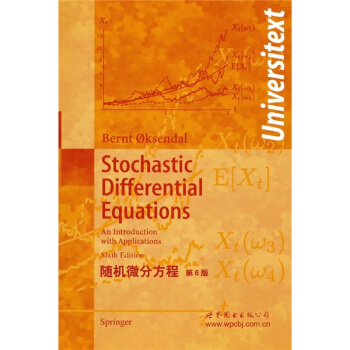
![伯剋利物理學教程(SI版)第2捲:電磁學(英文影印版·原書第2版) [ Berkeley Physics Course(In SI Units)Electricity and Magnetism] pdf epub mobi 電子書 下載](https://pic.tinynews.org/11475481/539e8a8eNa7f1199e.jpg)

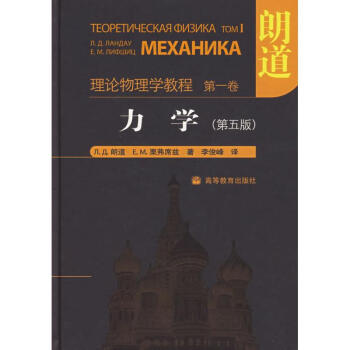
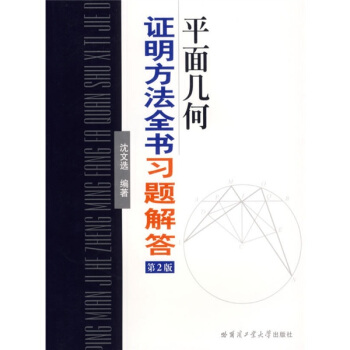
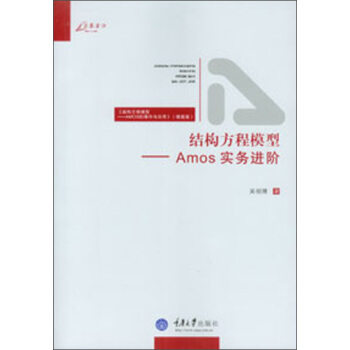
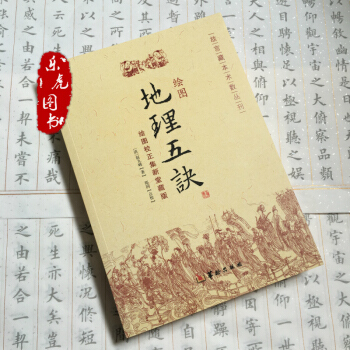
![理解生物信息學 [Understanding Bionformatics] pdf epub mobi 電子書 下載](https://pic.tinynews.org/10937126/54d01ebdN1db32984.jpg)
![數學名著譯叢·數學:它的內容、方法和意義(第3捲) [Mathematics,Its Essence,Method,and Role] pdf epub mobi 電子書 下載](https://pic.tinynews.org/11228782/rBEQYFGUUTcIAAAAAAffaoKFj48AABRvwFkZpAAB9-C464.jpg)
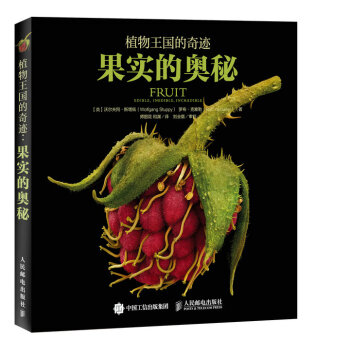

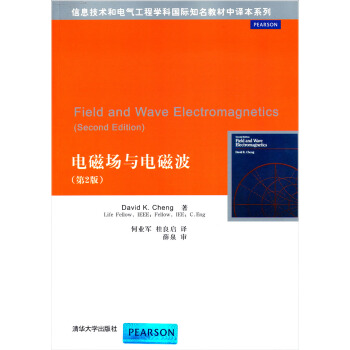
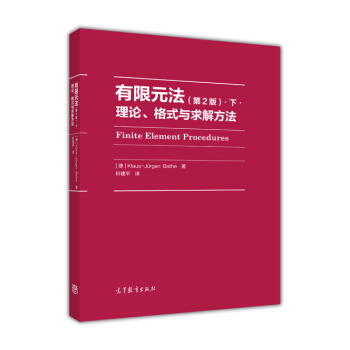
![軌道法講義(英文版) [Lectures on the Qrbit Method] pdf epub mobi 電子書 下載](https://pic.tinynews.org/12118814/58b7eec4N876895e6.jpg)


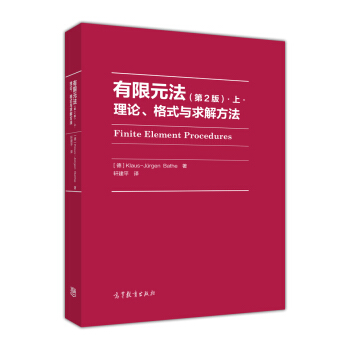
![高階傅裏葉分析(英文版) [Higher Order Fourier Analysis] pdf epub mobi 電子書 下載](https://pic.tinynews.org/12038115/58b391f8Ne5e69262.jpg)
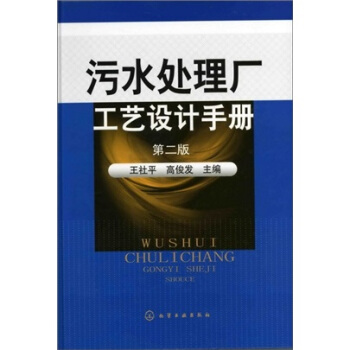
![頁岩氣及其勘探開發 [Shale Gas and Its Exploration and Development] pdf epub mobi 電子書 下載](https://pic.tinynews.org/11025573/564e9107N7c28ccea.jpg)